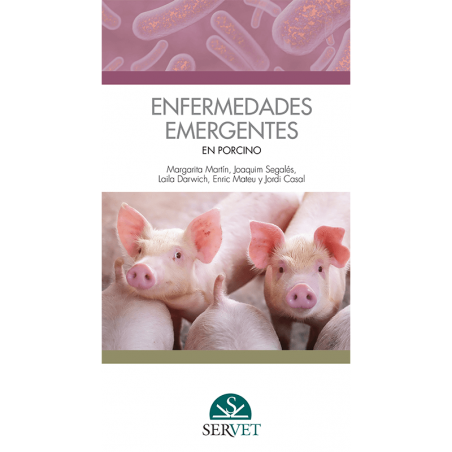The aim of the present study was to evaluate the importance of clonal spread of Brachyspira hyodysenteriae resistant to pleuromutilins (tiamulin, valnemulin) on farms in the Czech Republic.
Agar dilution method and macrorestriction fragment profile analysis by pulsed field gel electrophoresis were used to characterise 35 B hyodysenteriae isolates that were obtained from clinical cases of swine dysentery on 32 farms between 2000 and 2005.

Most isolates showed multiple resistances to tiamulin, valnemulin, tylosin and lincomycin. A total of six pulsotypes were detected in these multiresistant isolates. An analysis of epidemiological data showed that multiresistant B hyodysenteriae isolates were more often detected on fattening farms (59 per cent), compared with farms with other types of production. Furthermore, it was found that multiresistant B hyodysenteriae clones were most frequently selected on farms with endemic incidence of swine dysentery. This finding was confirmed by the characterisation of 21 B hyodysenteriae isolates obtained from three large-scale operations in seven consecutive years.
D. Sperling, J. Smola, and A. Cízek. Characterisation of multiresistant Brachyspira hyodysenteriae isolates from Czech pig farms. Veterinary Record 2011;168:215.





